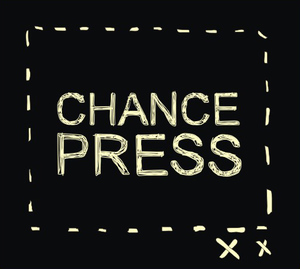Restoring Scribbles in a Sandstorm
As a follow-up to my post about archival materials, I thought I’d write about fixing up Scribbles in a Sandstorm. Avid readers may recall that the problem we faced was that a particular kind of tape we used had some undesirable effects on paper – namely, that it turned paper yellow. I’m glad we caught this after a few months, since for the most part, we have been able to remove the tape wherever it was used on paper and replace it with a true archival adhesive (something called “Beva Gel”, which is most commonly used by professional art conservators). Thankfully, the tape hasn’t been in place long enough to ruin either the book itself or the individual prints, although it has left its very pale yellow mark nonetheless. We have been careful to remove all trace of the adhesive residue from the paper so that chemicals in the tape won’t continue the degradation process, and luckily due to the design of the book, these yellow marks get covered up when we re-adhere the prints into the book with Beva Gel.
One note: in my last post on the subject, I described the process of separating pages that have been stuck together: using a spatula or flat knife, you carefully separate the pages and then use an eraser to remove the adhesive residue. Unfortunately, in this case that process didn’t work so well. First, I am not a professional conservator, and so there is the problem of my skill level – it is really difficult not to pierce one of the pages you are trying to separate… and even if you are able to avoid doing that, it is next to impossible to separate the two pieces without some pretty significant handling marks. (There’s a reason why being a conservator is something that takes years upon years of study and practice.) Second, we’re not dealing with tape that has become brittle or lost its strength over the years – the tape we used for this book is still incredibly strong, and it’s also very gummy (and around 0.5mm thick) – so the spatula or conservator’s knife gets gummed up in the adhesive, which makes separating the two pages even more difficult.
For this reason, we made the choice to use a solvent to help release the paper from the adhesive. After some extensive testing, I decided that heptane (sold commercially as “Un-Du” sticker remover) would work well. I researched heptane for many hours as well and found that it is fairly commonly used in the conservation community, unlike other commercial adhesive removers like Goo Gone or similar products. Heptane is a very low-polarity solvent, which means that it doesn’t change the structure of the paper (water, on the other hand, is very high-polarity, which is why it causes paper to warp and buckle). It also evaporates very quickly and is relatively safe (compared to other solvents). Most research I did recommending starting with a low polarity solvent, and if that doesn’t work, slowly increasing the polarity of the solvent (acetone, naphtha, toluene, xylene, etc.) until you get something that does work. Thankfully heptane has worked extremely well, since solvents like toluene are very toxic and also have their own problems – namely “overcleaning,” which means that the solvent cleans the paper beyond its original state, leaving “tide lines” as it evaporates.
The one unknown here is what the heptane-treated paper will look like in 20 years. Looking at the yellow marks the tape has left in a few short months gives me confidence that removing it was necessary, and I can say honestly that I probably would have ruined most of the books if I tried to remove it without the aid of a solvent. For what it’s worth, Un-Du is acid free and photo safe, although those claims are worth almost nothing, as I have learned. Again, the fact that heptane is discussed in conservation literature as a viable product to use in archival applications gives me hope that it won’t turn the paper yellow in 20 years.
